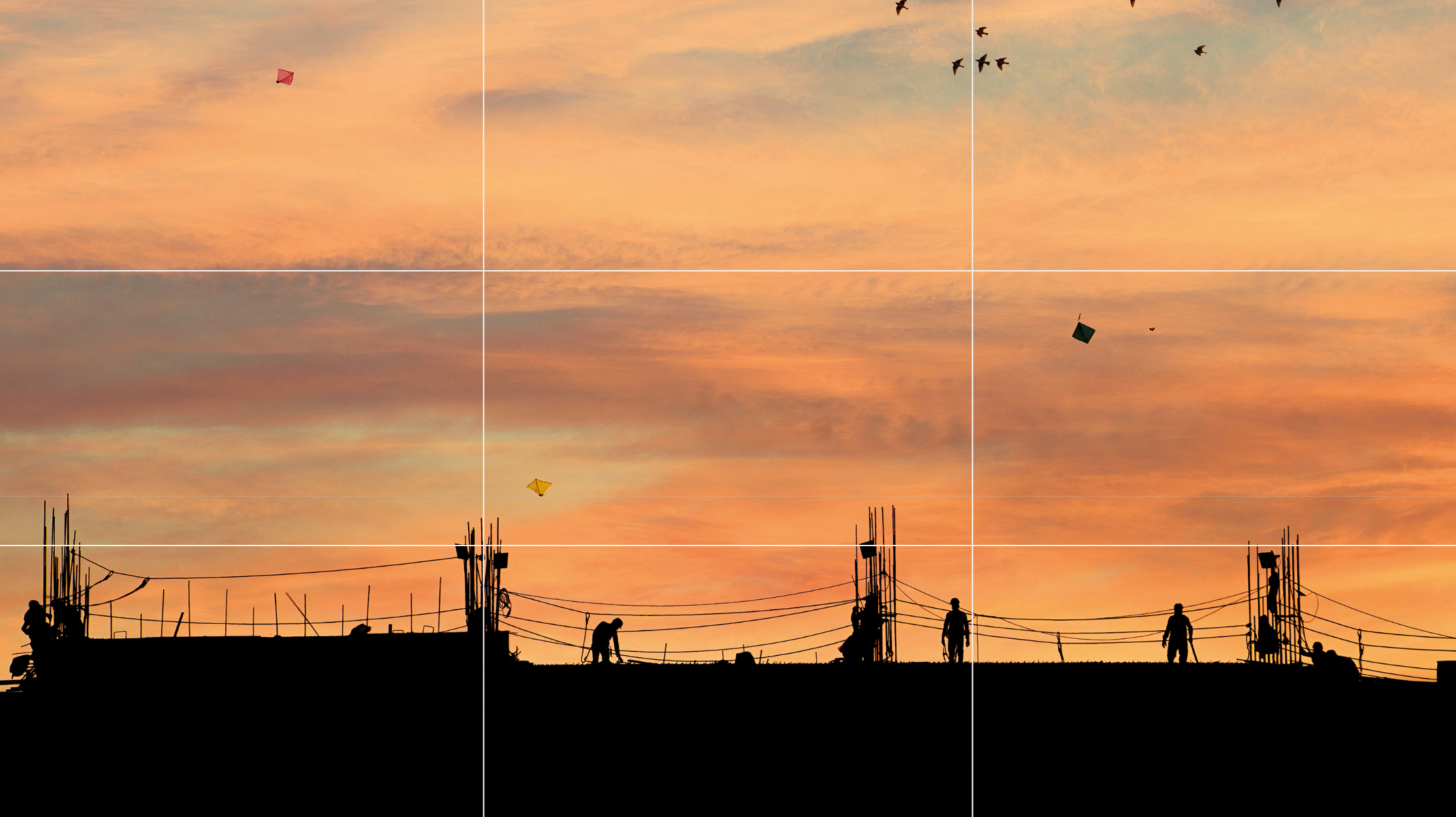APS was the glory standard, and everything was luxe – now when I hear the term it's just negging from the 'full frame' brigade!
There was a time when APS meant being treated like royalty; now it means you're not 'full' enough – but a box in my loft reminded me when things were different!
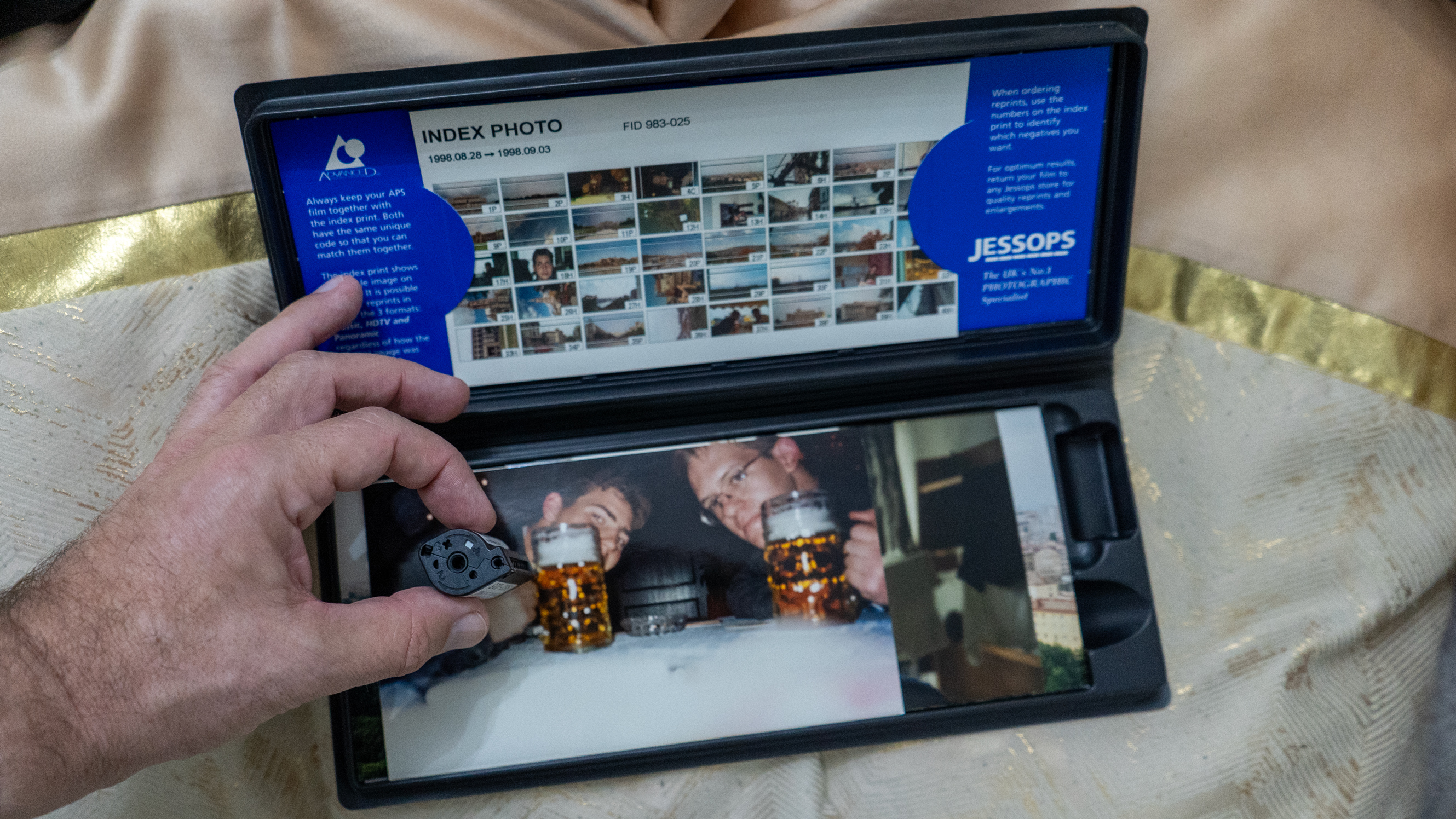
When I started clearing my loft, I discovered a box of old photos in APS format. No, I don't mean they were taken with a camera with an APS-C-sized sensor. I mean that they were taken on an APS camera. Onto APS film.
It struck me that some folk might not remember the last hurrah of the film era, because it never really got close to unseating 35mm before digital cameras came along and did that instead. Now we remember APS and its three different sizes more through reference to image sensor size than we do the film itself.
That size – as well as its timing – was definitely an Achilles heel. But there were more than a few bits of brilliance about it, and one of them was very visible in my old box. That is just how well the photography developers treated APS camera consumers. Well, at least at first. I'll explain what I mean in a moment, but first a quick reminder of what APS was all about.
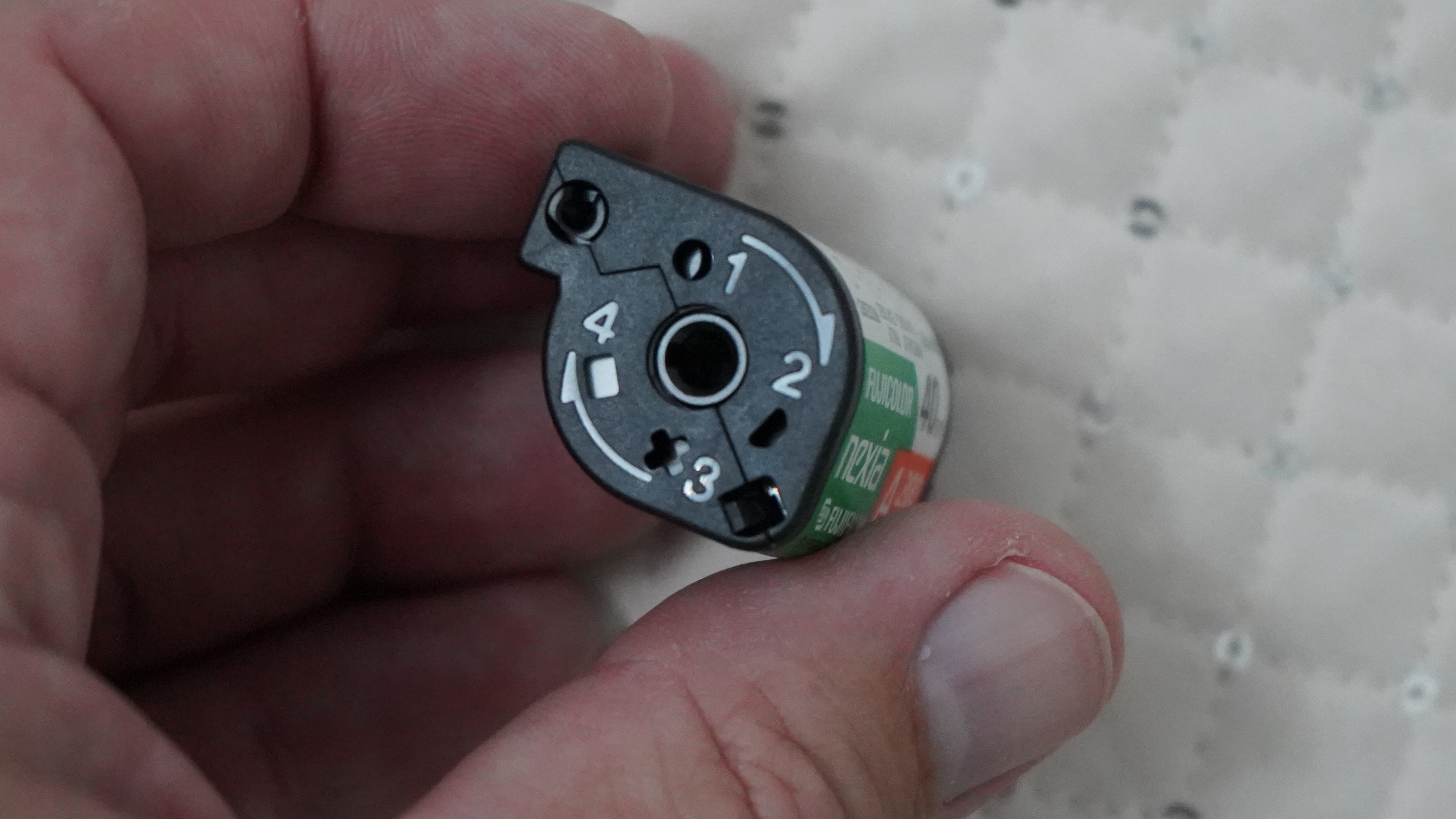
APS was launched in 1996 by all the big names in photography, including Kodak, Fujifilm, Canon, Minolta, and Nikon, and the idea was to make photography easier; film went inside a cartridge that was a little smaller than a 35mm canister, and had markers at one end to indicate whether the film was new, part exposed, exposed, or exposed and developed. Pretty nifty.
Even better, the film also had a magnetic strip to record data on. This wasn't quite the beginning of the metadata era, as some cameras could already expose the date & time (in LCD-like patterns) onto the front of pictures. This, however, was a more technically elegant solution – it allowed the processing lab to print stuff on the back without spoiling the shot. Far nicer for consumers.
The frame could also contain cropping data – Should it be the standard APS-HD, or cropped at the sides to 'Classic' 3:2 shape (APS-C)', or 'Panoramic'? The upshot? Massive boxes of different sizes of prints. Pretty cool, though this is where the system starts to fall down a bit too, because especially the panoramic mode really, er, exposes the problem of film resolution.
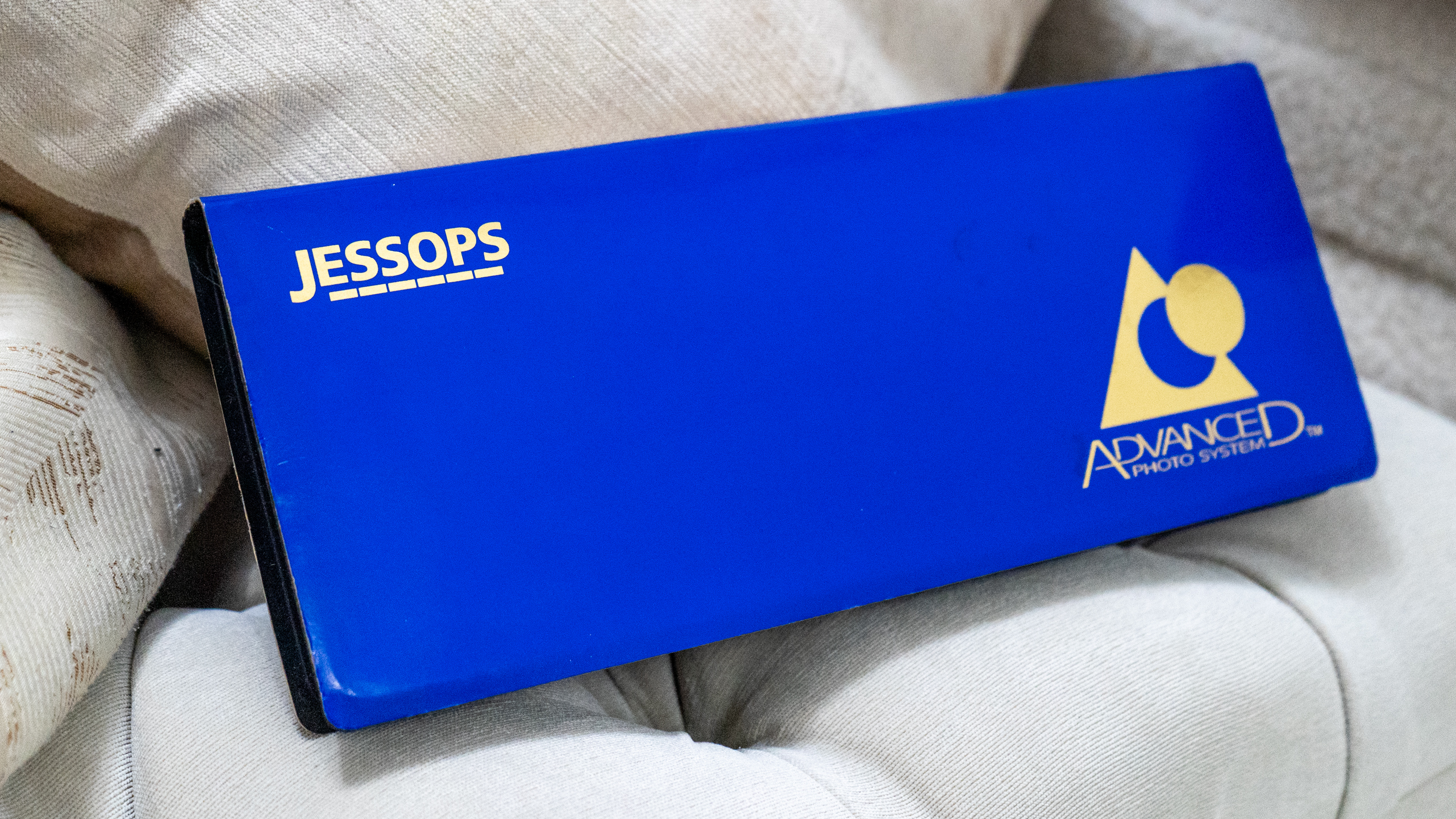
At this point, consumer cameras were doing a pretty good job of making 35mm film reasonably easy to use, and it had a frame size of 36x24mm. APS-HD (the biggest) was 30.2x16.7mm – that's quite the 'crop factor'. The point was to allow for smaller consumer cameras – I had a Canon IXUS, which (and you don't hear this in marketing terms a lot these days) was "Smaller than a cigarette packet."
The best camera deals, reviews, product advice, and unmissable photography news, direct to your inbox!
This wasn't unheard of in consumer cameras before either – 110mm cartridge cameras existed before and I remember that my grandmother proudly used one. I also remember that, back on the old film stock, the results were pretty dreadful. Mind you that's far enough back that flash cubes were disposable items; film had got better – but of course those improvements were also evident in the bigger 35mm. As the 'full frame' brigade will cheerfully point out, a larger film area or sensor does have its advantages.
Nonetheless, a compact camera I could shove in my backpack when I went travelling around Europe as a student in the late 1990s, or document my student days with did help keep the idea of photography alive in me before it was something a phone might want to do (my first cell phone, in 1997, did not have a camera!)

What were you saying about luxe?
So, yeah, when I took my film to be developed at Jessops, a high street photography store in the UK, I would be treated to a pretty generic envelope for a 35mm film, with the developed negatives tucked in a pocket at the front. Meh. But when I took my first APS film things were very much more impressive.
I found myself with a massive case containing the full 40 exposures (APS films came in 15, 25, or 40). It has to be long enough to accommodate the panoramic prints which, as I've mentioned, my camera allowed me to choose with a switch on the back and then noted the request on the film for the developer. It felt like a big step up from 35mm, and (at first) I didn't really understand why they looked so grainy in comparison. The innocence of youth, eh?
The whole case, which felt like a glossy hardcover book, had Jessops and the APS logo in gold foil on, and plastic inside with a recess for the film canister. It was "So extra!" as some younger folks I know might put it, by comparison, but it was also a clever solution to the problem developers faced – they couldn't just smash open the canister any more and return film because the cartridge was meant to remain sealed forever.
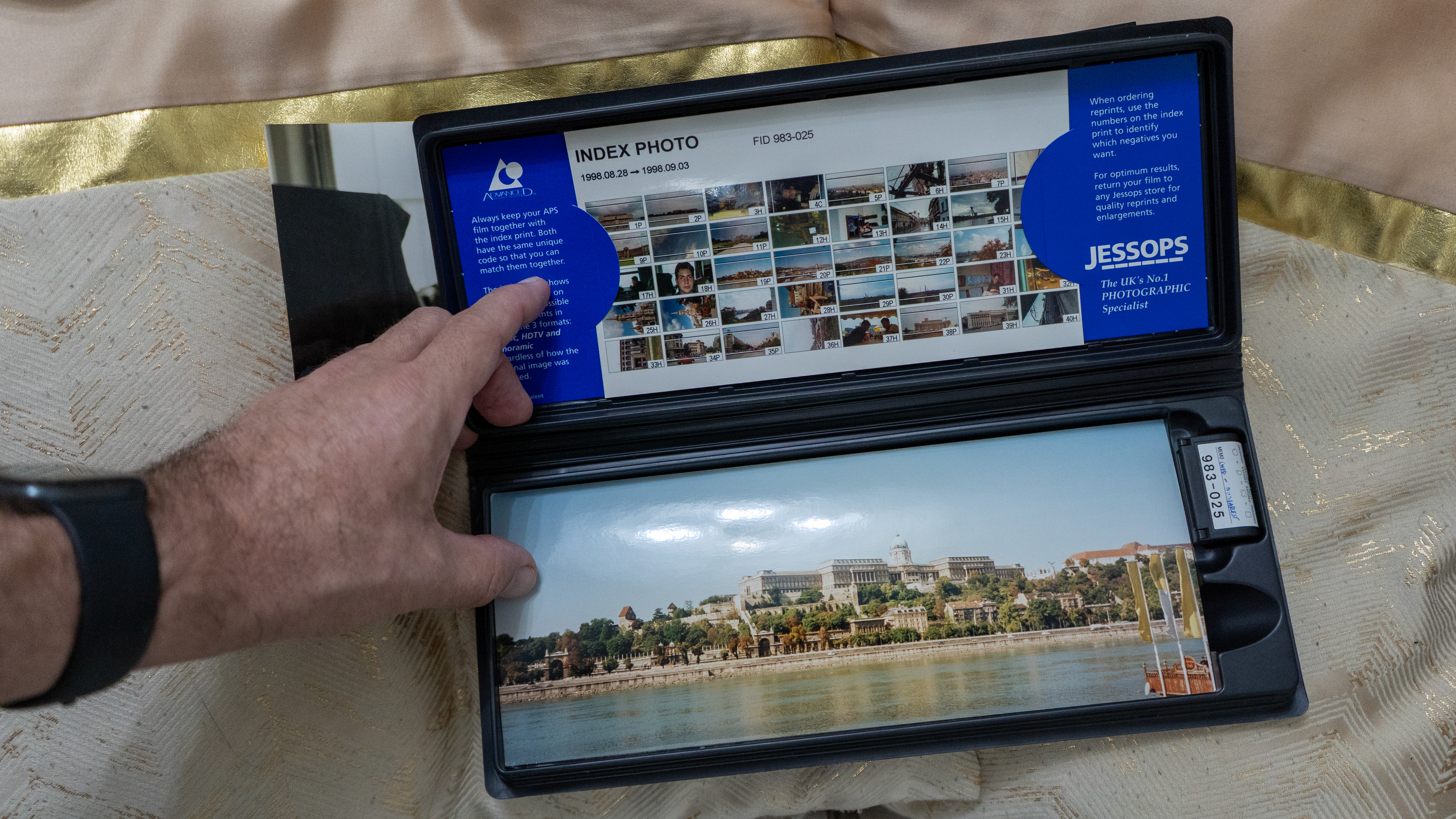
Over time, had digital not caught up anyway, there might have been issues with that. The film cartridges were a bit thicker than developed negatives. Certainly, I remember some developers opted for less impressive solutions – boxes with trays and the like.
But I'll always remember those early boxes because they made me feel like royalty when picking up photo prints, and it took me quite a while to realise that APS might not actually be a photographer's dream, more of a clever bit of consumer tech. The format came out at more or less the same time as early digital cameras so, in truth, it never really had long to live – but those amazing high-quality Jessops boxes? They kept my prints in perfect condition for more than a quarter of a century.
You might also like
Check our guide to the best photo albums or read I designed 16 photo albums to find the best.

With over 20 years of expertise as a tech journalist, Adam brings a wealth of knowledge across a vast number of product categories, including timelapse cameras, home security cameras, NVR cameras, photography books, webcams, 3D printers and 3D scanners, borescopes, radar detectors… and, above all, drones.
Adam is our resident expert on all aspects of camera drones and drone photography, from buying guides on the best choices for aerial photographers of all ability levels to the latest rules and regulations on piloting drones.
He is the author of a number of books including The Complete Guide to Drones, The Smart Smart Home Handbook, 101 Tips for DSLR Video and The Drone Pilot's Handbook.
You must confirm your public display name before commenting
Please logout and then login again, you will then be prompted to enter your display name.
